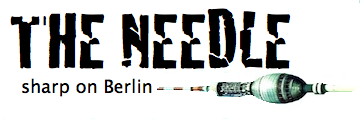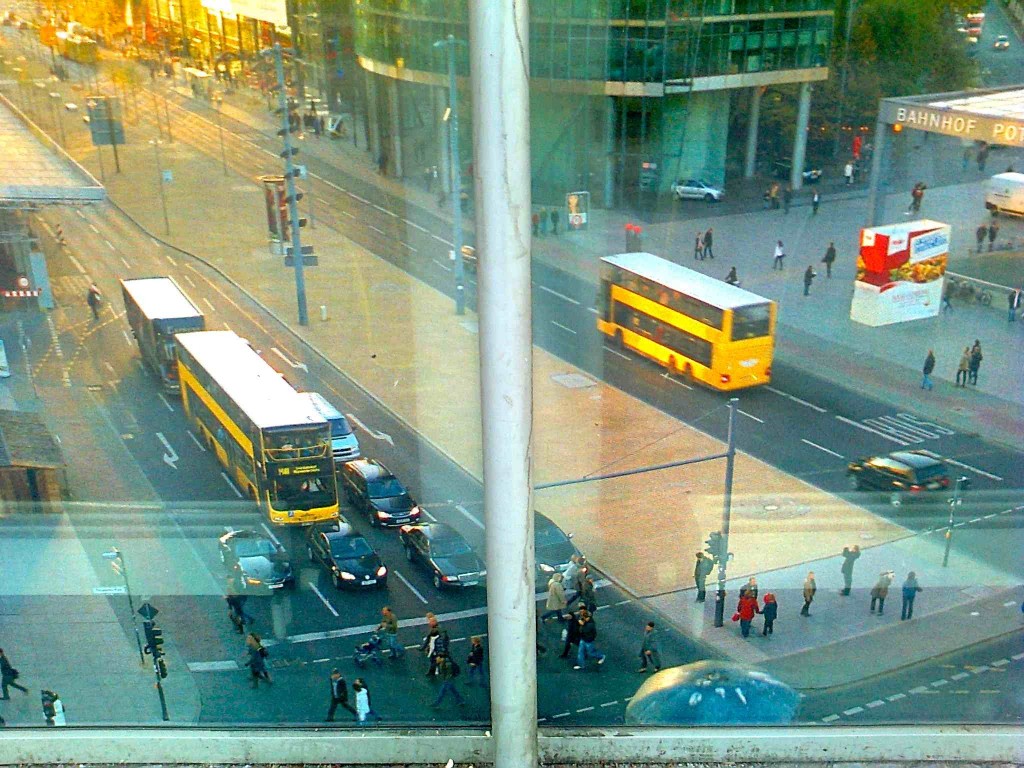Berlin’s Ghetto Bus: the M41
On a Friday sunny morning I see a large group waiting at the M41 bus stop on Urbanstraße on the edge of Neukölln and Kreuzberg. That should mean the bus is coming. Except I know it won’t, quite yet.
At this time of day it arrives, according to the precise BVG schedule, every ten minutes: 03, 13, 23… sometimes all the way to Hauptbahnhof, and at other times only to Hallesches Tor.
Soon, there is a stirring in the crowd, angry voices. A group of young men speaking Arabic mutter that it’s been too long a wait, it’s a beautiful day, and they are going to try walking to the next stop. These Germans: it’s so typical that they are impatient when the bus is just a minute overdue.
Except the bus isn’t a minute late, and it’s late not just today.
After thirty minutes of waiting, a preposterous caravan of three buses approach us, one following the other up from Sonnenallee. The woman with straw hair behind me berates the driver: “You’re late, again. Always late. And look at you, three buses in a row! This is the worst bus line in the city”. The driver protests that today is an exception, but then the voices rise up everywhere in earshot. “No, it’s always like this, always!. Immer so! Immer so!”
The M41 is the main bus line from the centre down Sonnenallee, the heart of Berlin’s Lebanese community, and through to S-Bahn Neukölln, the edge of former West Berlin’s traditionally working class neighbourhood.
I can think of many reasons why the bus might be delayed. The bus is always overcrowded and makes every stop. There is a high birth rate in the neighbourhood, with the constant loading and unloading of women with strollers from the central doors. The neighbourhood is historically poor and ethnic, and in other ways has been deprived by the city (just look at the quality of side streets all over Neukölln), and so it is possible there is a mentality, found in many capitals, where the immigrant neighbourhoods simply get fewer amenities when they don’t have the voices to complain. Or I might resort to a different explanation: once in Rome, at the end-station of the tram line, I saw all the tram drivers sitting together in a café having coffee together. Then they got back into their trams, following one another, presumably to the opposite end station to continue their card game.
Finally, we are well underway, the green trees of Urbanstr. flitting by on the route to Hallesches Tor. Tempers are cooled until the next station, when the voices of anger reignite. New disgruntled passengers step on, like someone poking the embers of a fire to keep the flames going.
The passengers are exchanging angry complaints when we hear an enormous crash streetside. The bus slows, we all look behind us through the greyed windows to the street.
I recognize the young Arabic-speaking men––the ones we saw earlier at the bus stop–– are they are now chasing the bus, just having missed it. Poor fellows. But they’re not going to let the bus go without taking revenge. Now, they are attacking it, pounding with their fists and kicking the side of the bus as they run to make it stop for them.
Only now does the driver sigh and, seeing them, accelerate.


In the past when having to take this bus I actually tried slow yogic breathing against the almost tangible aggressive atmosphere. Helped somewhat.
As a Neukölln resident regularly dependent on the neighbourhood bus lines, I feel like the M41 gets the brunt of the bad publicity but the M29 is 10 times worse!
Oh man, I use both – M41 and M29 to get around now and then and I agree with Hilda, M29 is indeed much worse than M41.
And oh, how I identify with the whole story in this post. Happened to me so many times that I started looking for a scientific explanation of why these buses get so stacked.
I mean, if one of them gets delayed, then other – in theory – should get similarly delayed and the whole schedule would simply shift 5-10 min. But no, what you have instead is that you wait for 40 min and then 5 of them arrive triumphantly in a row.
Urgh, frustrating!